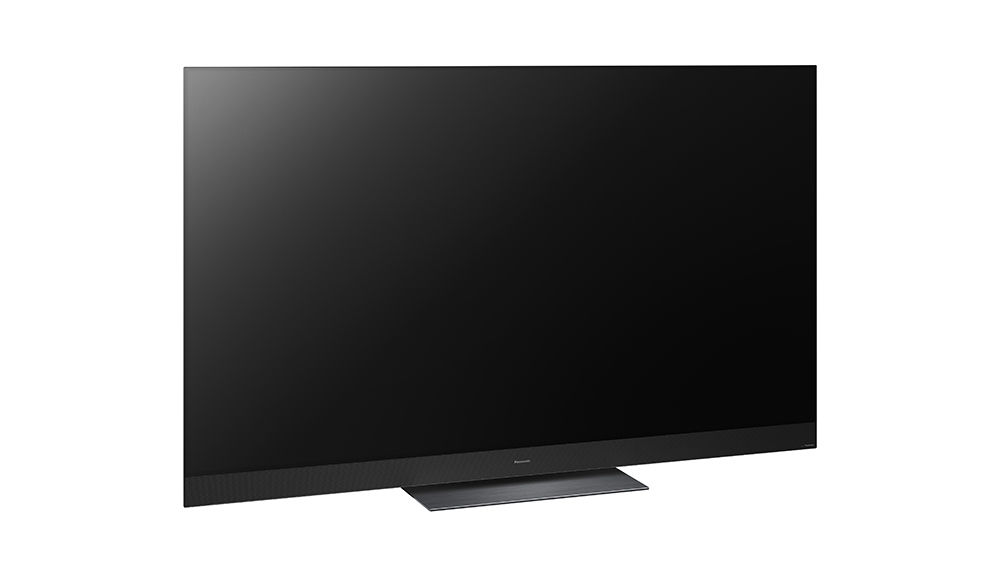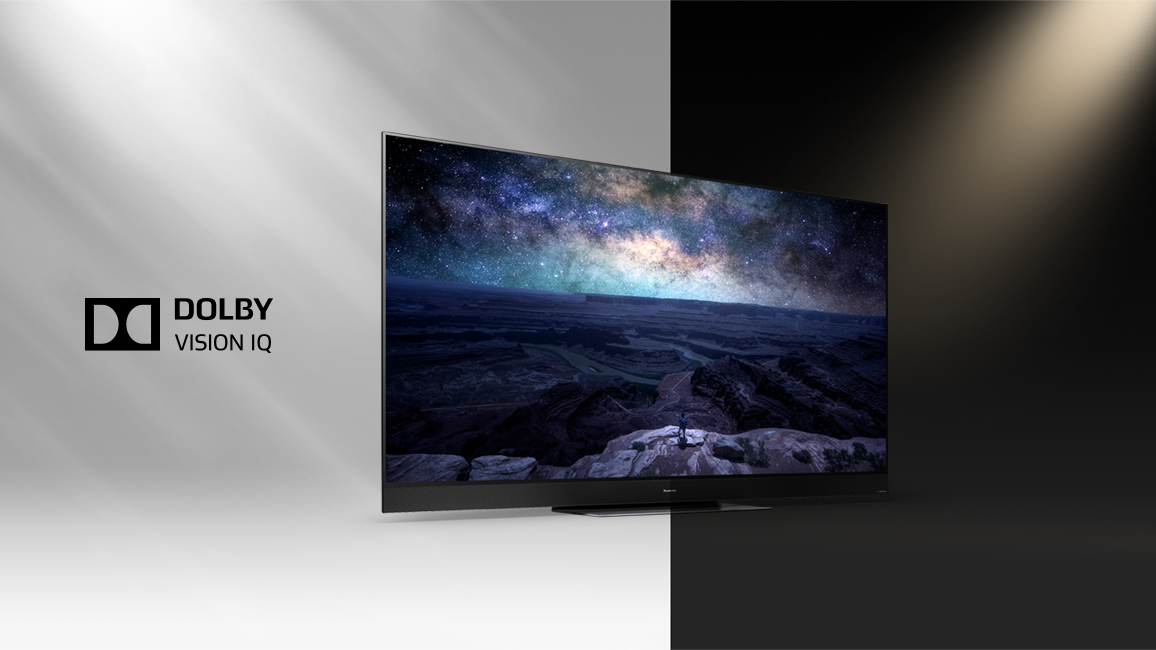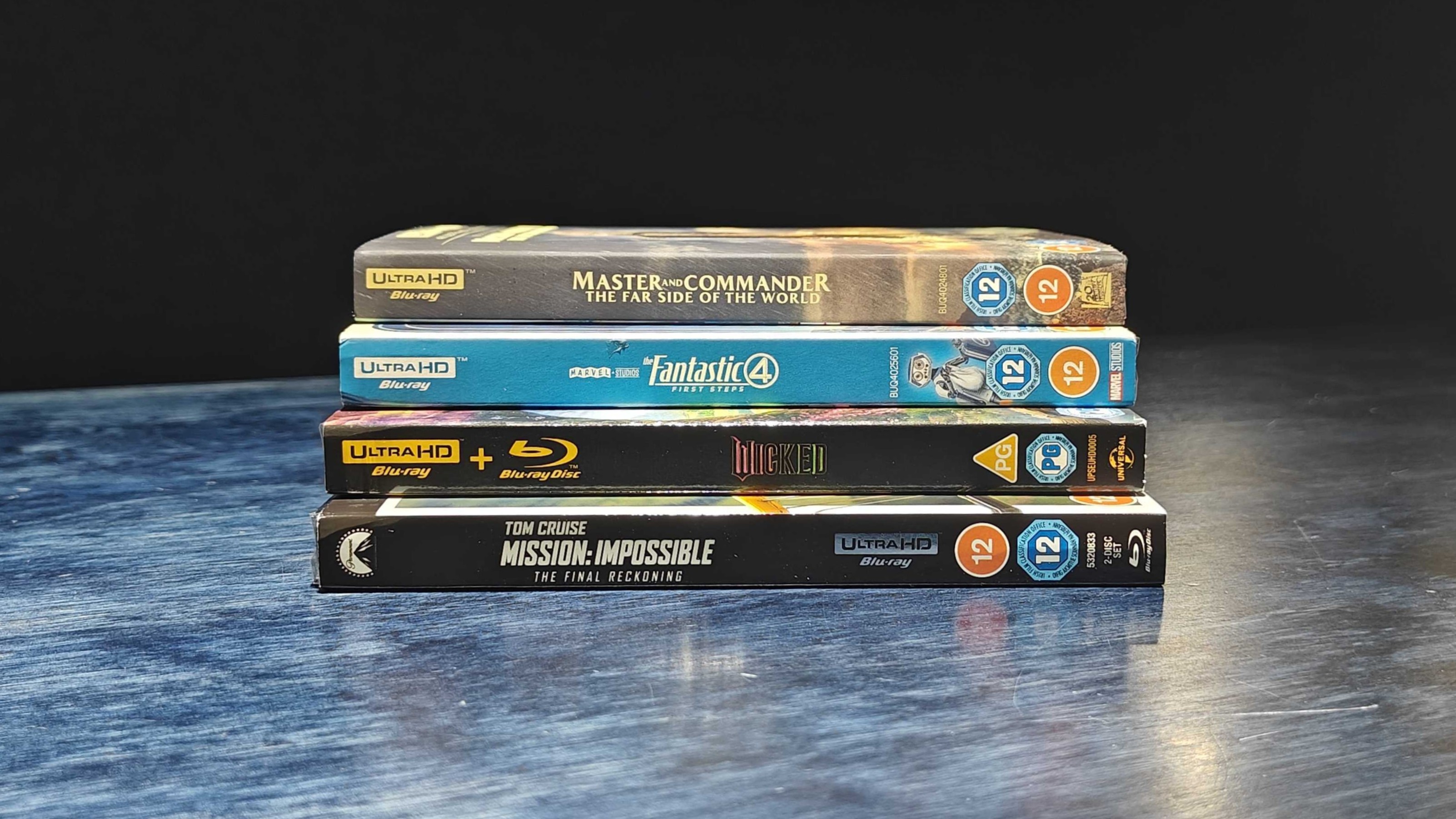Panasonic HZ2000 OLED TV optimises its picture according to room brightness
Pana has just detailed its top-tier TV for 2020 – and it looks a corker

Panasonic is responsible for the “best performing OLED TV” we’ve tested so far, the 55in variant of its 2019 flagship GZ2000. So needless to say we’re rubbing our hands upon hearing news of a 2020 successor, the HZ2000 OLED.
Panasonic teased its existence at its CES 2020 press conference earlier today, but thanks to a comprehensive press briefing we now more details, from screen size availability to its picture performance developments to the brand-new industry technology it’s supporting.
The HZ2000, which is available in 65in and 55in sizes, is among the world’s first TVs to support Dolby Vision IQ, a brand-new iteration of the Dolby Vision HDR format that is hot off the press. It builds on Dolby Vision by automatically optimising Dolby Vision content depending on the lighting condition of your room and the content being played. LG has also announced 2020 support for Dolby Vision IQ.
Naturally, the HZ2000 continues it’s the company’s support for Dolby Vision, HDR10+ and HLG Photo (the still image format which brings still photography into the HDR world), but new for the HZ2000 is its support of the UHD Alliance’s Filmmaker Mode, a new TV picture mode created in collaboration with filmmakers and studios that promises to deliver what the director intended.

The GZ2000 has a promise of its own: to further enhance that mode through its original “Intelligent Sensing”, which dynamically adjusts the picture based on ambient lighting around the TV. With some controversy over some HDR-graded content being ideal for optimally dark rooms and not necessarily well-lit rooms, Panasonic is clearly focused on democratising the experience for every room environment. Filmmaker Mode with Intelligent Sensing supports content in HDR10+, HDR10, HLG, and SDR.
The HZ2000 will be only “one of a handful of TVs in 2020” which supports both Filmmaker Mode and Dolby Vision IQ, says Panasonic.
For the first time on a Panasonic TV, owners will be able to calibrate Dolby Vision playback, and an expanded range of calibration points (at world’s first 0.5 per cent and 1.3 per cent signal levels) means film enthusiasts will be able to customise their TV’s picture performance even more than before.
The latest hi-fi, home cinema and tech news, reviews, buying advice and deals, direct to your inbox.
The flagship also features Panasonic’s next-gen, custom-made Master HDR OLED Professional Edition panel, which has been customised by Panasonic R&D engineers and “optimised” by leading Hollywood colourist Stefan Sonnenfeld.

The upshot of that, and of the inclusion of Panasonic’s most advanced processor ever? Peak brightness as well as average brightness levels have been boosted by around 20 per cent, enhancing the look of HDR content. Panasonic’s most advanced TV ever at selecting and displaying the correct color for every single brightness level – even when scenes have varying levels of contrast in it.
As for its speaker system, which is officially called 360-degree Soundscape Pro, the HZ2000 continues the GZ2000’s legacy with Technics-tuned, upward-firing speakers capable of delivering Dolby Atmos soundtracks.
Finally a new iteration of Panasonic’s TV OS, My Home Screen 5.0, is onboard to bring user experience improvements. For example, when hovering over a streaming service icon, such as Netflix or YouTube, thumbnails of titles from that platform appear for quick access. There’s Google Assistant and Amazon Alexa support, too.
The Panasonic HZ2000 will be available in the summer (month tbc), and we expect to be informed of the rest of Panasonic’s 2020 TV line-up next month.
MORE:
Samsung reveals 4K and 8K QLED and MicroLED TV line-up for 2020
TCL shows off 8K Mini-LED TV and teases foldable phone
Vizio launches first OLED TVs, plus 4K LED line-up with Dolby Vision HDR

Becky is a hi-fi, AV and technology journalist, formerly the Managing Editor at What Hi-Fi? and Editor of Australian Hi-Fi and Audio Esoterica magazines. With over twelve years of journalism experience in the hi-fi industry, she has reviewed all manner of audio gear, from budget amplifiers to high-end speakers, and particularly specialises in headphones and head-fi devices.
In her spare time, Becky can often be found running, watching Liverpool FC and horror movies, and hunting for gluten-free cake.
